“Right now we have an opportunity to get this remaining part right.” -Karl E. Kim. PhD
As Professor of Urban and Regional Planning at University of Hawai’i Mānoa, Karl Kim PhD has been looking at Hawai’i’s growth from the street level to satellite view and zooming in between for decades. I’ve been a fan of his, but didn’t actually meet Kim until I asked him to be my guest and address Mayor Caldwell’s stunning announcement last week that he is not in favor of continuing HART’s elevated rail through Honolulu’s urban core as planned.
Whew! It was one thing years ago to contemplate a speeding chariot delivering us from O’ahu’s purgatory of automobile dependence, long commutes, and impossibly expensive housing. To actually SEE what the $2.1 billion spent so far has bought us is pretty terrifying–unless you come from a place which has already been ravaged (as opposed to enhanced) by mass transportation systems– and you think that is the inevitable consequence of “growth.”
How did your grandmother commute to school? My grandmother rode a horse from Niu to Punahou, for instance. Apply your school transport mode to 50 years from now in Honolulu, and see where that takes you. We are paying over-the-top dollar, raised by taxes on food and medicine for even the poorest, to pay for a massive system that will be antiquated before it’s paid for.
After listening to Kim, I feel so much better about Honolulu and rail. We really do have m a n y alternatives. Let’s do our part in electing officials who will be brave and smart enough to look at the whole picture of how we actually live today, and want to live when no one can remember what an iPhone app was, instead of what can happen in a 2 or 4 year election cycle. Now is the perfect time.
Additional resources:
Civil Beat’s “What Would Honolulu Save By Pulling The Plug On Rail”
Karl Kim’s essay in the Star Advertiser from 6.22.2016








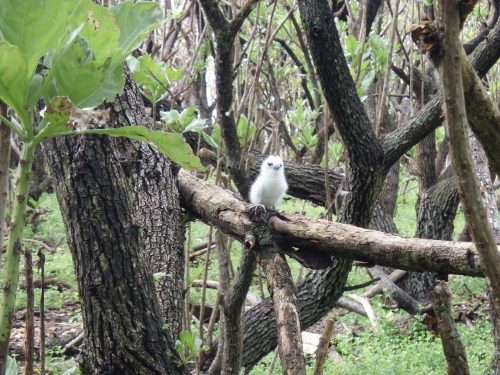
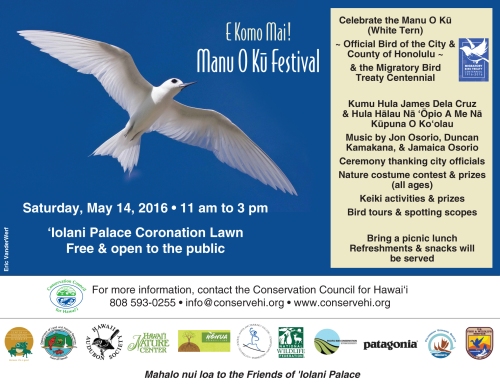



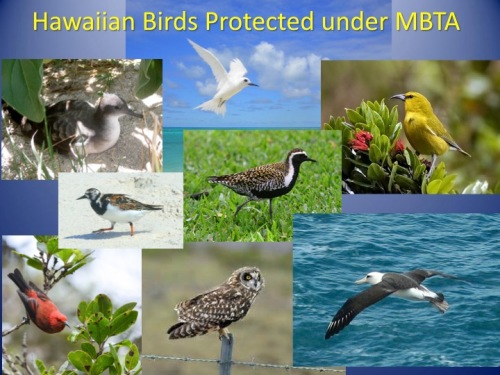




















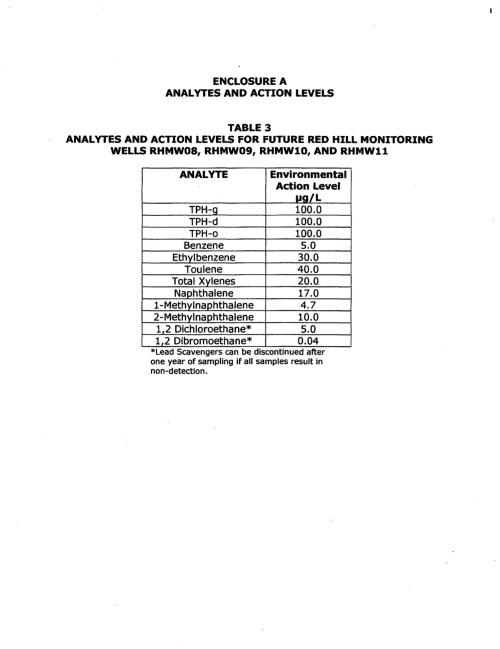

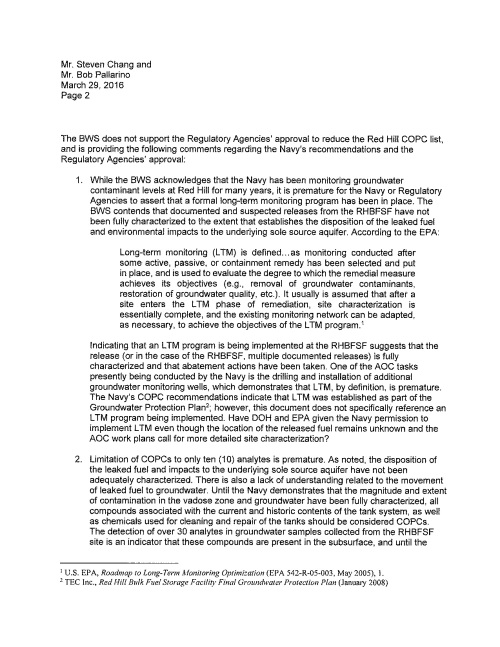









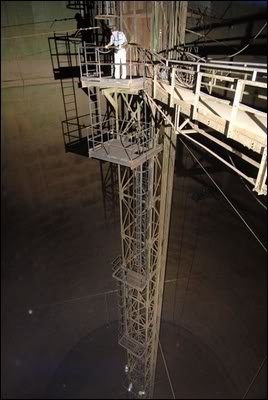





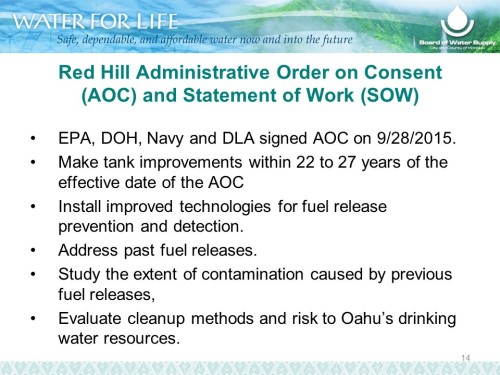
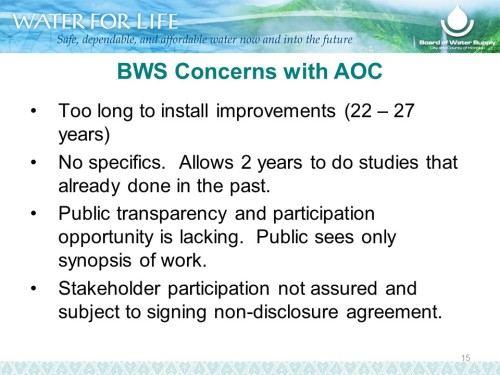
You must be logged in to post a comment.